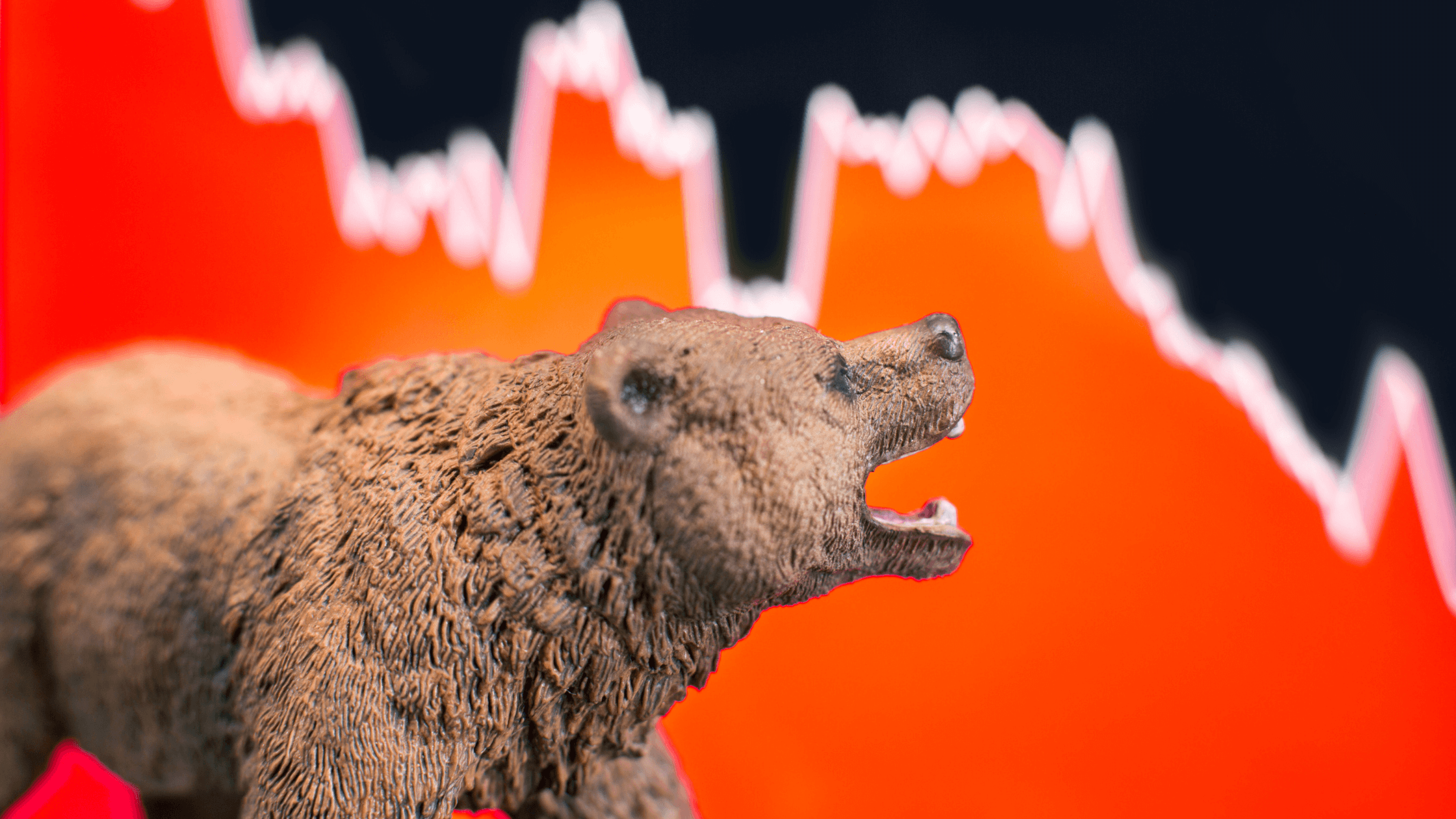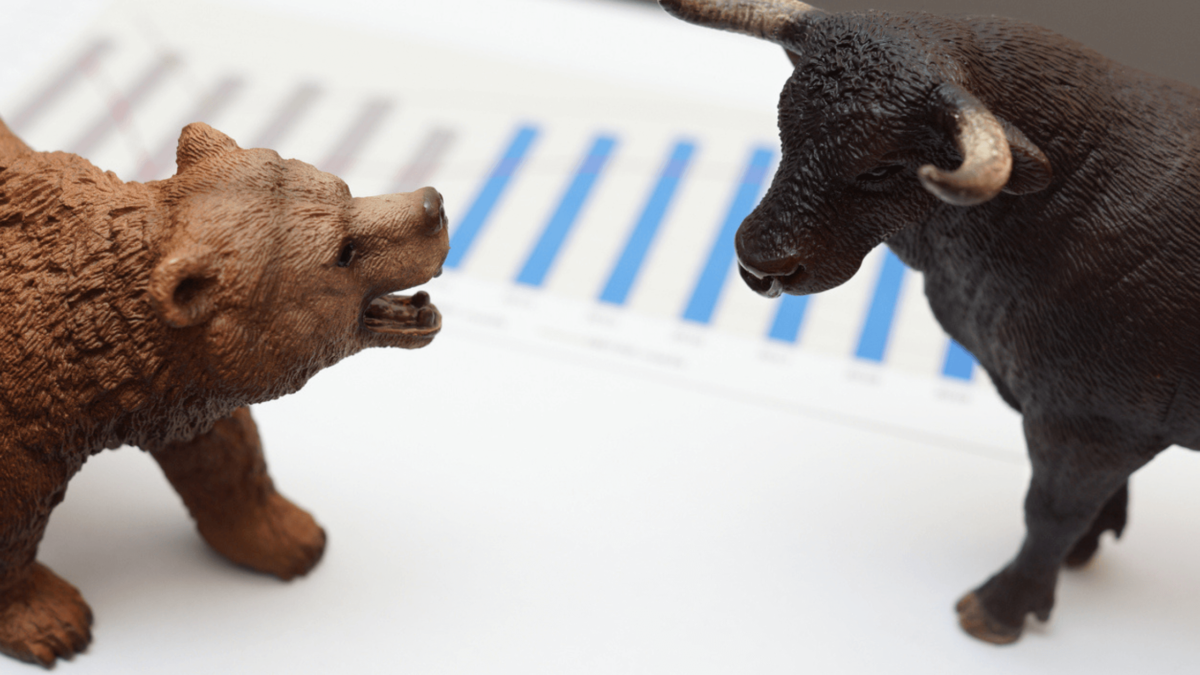Bear Market Rally? Here’s What Investors Should Know
July 27, 2022

In the US, the S&P 500 Index ended last week up 2.6%, in what could be the start of a significant bear market rally. This will likely be part of the ups and downs of a broader bear market.
Stock markets don’t move in straight lines. For nimble punters, this could be a tradable rally. That’s because US equities are possibly at the start of a significant countertrend rally.
For investors caught long (and wrong) in US equities, this could be another opportunity to bail out at better prices.
In short, the market is unlikely to have put in a true bottom but short covering may be sufficient to trigger a rebound.
Market indicators yet to signal bottom
A range of market indicators – the CBOE VIX, the percentage of S&P 500 stocks trading above their 200-day moving average, American retail investors’ asset allocations into stocks and cash, and the CBOE equities put/call ratio – have yet to signal “capitulation”.
The percentage of S&P 500 stocks trading below their 200-day moving average is at the lowest since 2016. And that could be reason enough for a short-covering bounce.
But it is not where it was during the bear market lows of 2009 and 2002. The CBOE equities put/call ratio is elevated but not at crisis highs.
The American Association of Individual Investors’ survey of retail investors’ asset allocation still show very high levels of allocations into stocks and low levels of allocation into cash.
Put simply, there is still very little fear. So, to borrow a line about greed and fear from Warren Buffet, the US market has yet to reach levels of fear as to make me greedy.
But that said, the positioning is sufficiently bearish, given the possibility of a near-term easing in inflationary pressures, for a significant bounce within a broader downtrend.
A few weeks ago, US investment banks reported the highest level of short selling since 2008.
Therefore, short covering could be a catalyst that then takes on a new narrative, supported by the near-term easing of upward pressure on inflation and rates.
Tech stocks could see short-term rebound
US technology stocks could follow the ARK Innovation ETF (NYSE: ARKK) up. Notably, ARK Innovation ETF (which had been sold down 78% from its early 2021 high to its May 2022 low) had risen 40% from that recent low to its peak last week.
ARKK led the Nasdaq Composite Index down last year. So, conversely, it could be leading the Nasdaq Composite up now.
An easing of upward pressure on inflation and rates will feed the bullish narrative, at least for a while.
Often, the market and media come up with fundamental narratives post facto to explain market phenomenon that may be driven by positioning and technicals.
And those narratives then take on a life on their own – at least for a period until fundamentals prove those narratives wrong. This may be one of those times.
The easing of crude oil prices since early June and the follow through in lower US gasoline prices since mid-June will support that narrative.
The easing of food prices, as measured by the FAO Food Price Index, since peaking in March, is another supporting factor.
So, market-driven inflation expectations indicators – the 10-year breakeven inflation rate and the 5-year, 5-year forward inflation expectations rate – have come down substantially from early June.
Where does the Fed stand?
The central tendency in the Fed Funds futures market is now expecting a peaking of US rates in December, with rates coming down by May next year.
The Fed Funds futures market pricing of a 100-basis point (bp) rate hike at the coming July FOMC dropped dramatically from 80% probability on 13 July to only 28% by 21 July.
Indeed, the most popular bets on the Fed Funds futures market currently suggest the market is tending towards the belief that 3.50% to 3.75% (at the upper bound of the Fed target rate) will be the peak by the end of this year.
So, the market is suggesting growing expectations of rate cuts by May of next year.
Issues with rate optimism
There are three problems with this narrative. First off, a critical assumption is that both food and energy prices will continue dropping.
The supply and demand balance for oil is particularly fine, even with continuation of current Russian supply. And natural gas is a wildcard, with huge geopolitical uncertainties over Russian supply to Europe.
Secondly, if energy and food prices settle at a significantly lower, but still elevated level, the inflation rate is still likely to stay at a significantly higher level than the Fed’s 2% target. And that will pose a risk of another spike in inflation later on.
Finally, for inflation to get down to say, even 4%, would require significant demand destruction. And the US stock rally would then likely end when the market stops celebrating lower inflation and starts screaming “recession”.
Disclaimer: CGS-CIMB Chief Investment Strategist Say Boon Lim doesn’t own shares of any companies mentioned.
Say Boon Lim
Say Boon Lim is CGS-CIMB's Melbourne-based Chief Investment Strategist. Over his 40-year career, he has worked in financial media, and banking and finance. Among other things, he has served as Chief Investment Officer for DBS Bank and Chief Investment Strategist for Standard Chartered Bank.
Say Boon has two passions - markets and martial arts. He has trained in Wing Chun Kung Fu and holds black belts in Shitoryu Karate and Shukokai Karate. Oh, and he loves a beer!







